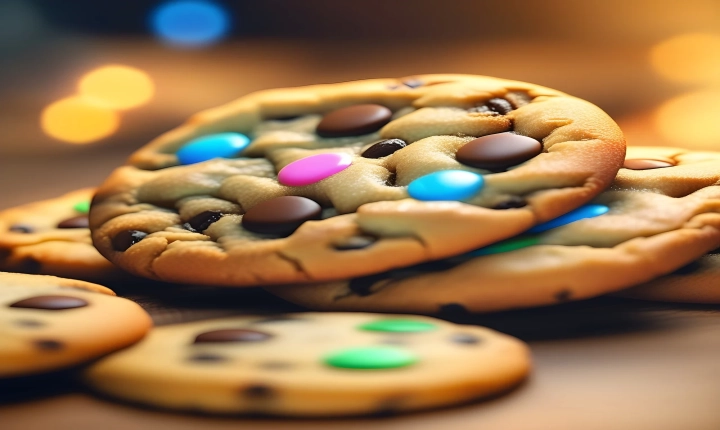Artificial Intelligence (AI) has made remarkable strides in the field of image creation, with the ability to generate increasingly realistic and stunning visuals. Through the use of advanced algorithms and neural networks, AI has unlocked the potential to create images that are virtually indistinguishable from those produced by human artists. This has ushered in a new era of creativity and innovation, with AI enabling a wide range of applications in industries such as design, advertising, and entertainment.
One of the key techniques that AI employs to create images is known as Generative Adversarial Networks (GANs). GANs consist of two neural networks – a generator and a discriminator – that work in tandem to produce realistic images. The generator creates images from random noise, while the discriminator evaluates these images against a dataset of real images. Through a process of iteration and feedback, the generator refines its output to become increasingly indistinguishable from real images, while the discriminator becomes more adept at distinguishing between real and generated images. This adversarial process results in the generation of high-quality images that rival those produced by human artists.
Another important approach used by AI for image creation is known as convolutional neural networks (CNNs). CNNs are designed to effectively process visual data by extracting features from input images, which can then be used to generate new images. By learning from extensive datasets of images, CNNs can understand the characteristics of various objects and scenes, allowing them to generate lifelike images based on this learned knowledge.
AI image creation also benefits significantly from the concept of transfer learning, which involves using pre-trained neural networks to generate new images. By leveraging the knowledge and features learned from one dataset, AI can adapt and apply this knowledge to new tasks of image creation. This allows for faster, more efficient image generation that maintains a high level of quality.
The applications of AI-generated images are diverse and far-reaching. In the field of design, AI can be used to generate concept art, product designs, and architectural visualizations with a high degree of realism and detail. In advertising, AI-generated images can be used to create compelling visuals for marketing campaigns, product visualization, and brand communication.
In the entertainment industry, AI is revolutionizing the creation of graphics for video games, films, and virtual reality experiences. By harnessing the power of AI, developers can produce visually stunning and immersive environments, characters, and special effects with unprecedented efficiency and creativity.
Despite the remarkable progress made in AI image creation, there are still challenges and ethical considerations to be addressed. Ensuring the responsible and ethical use of AI-generated images, as well as mitigating the potential for misuse such as deepfakes, will be crucial as this technology continues to evolve.
In conclusion, AI has demonstrated its remarkable capability to create images that rival those produced by human artists, thanks to advanced techniques such as GANs, CNNs, and transfer learning. The potential applications of AI-generated images are vast and diverse, spanning industries such as design, advertising, and entertainment. As AI continues to advance, the future of image creation looks increasingly promising, with endless possibilities for creative expression and innovation.
